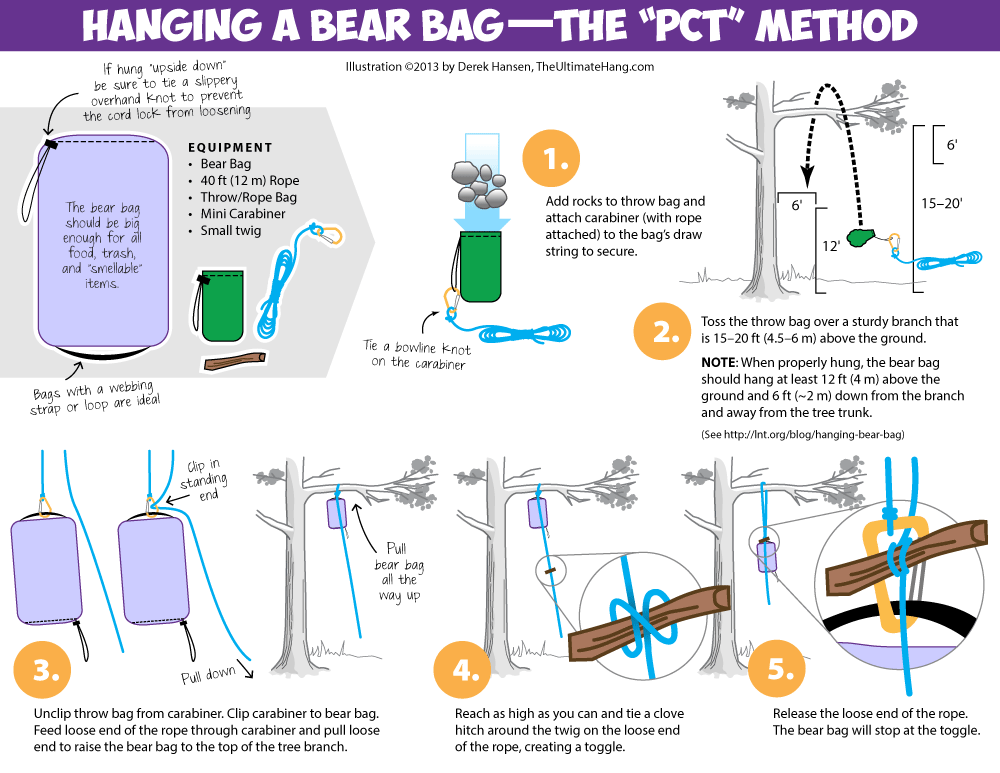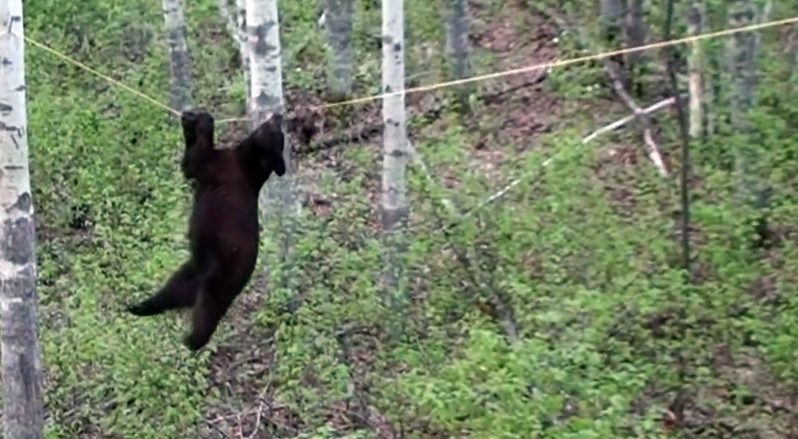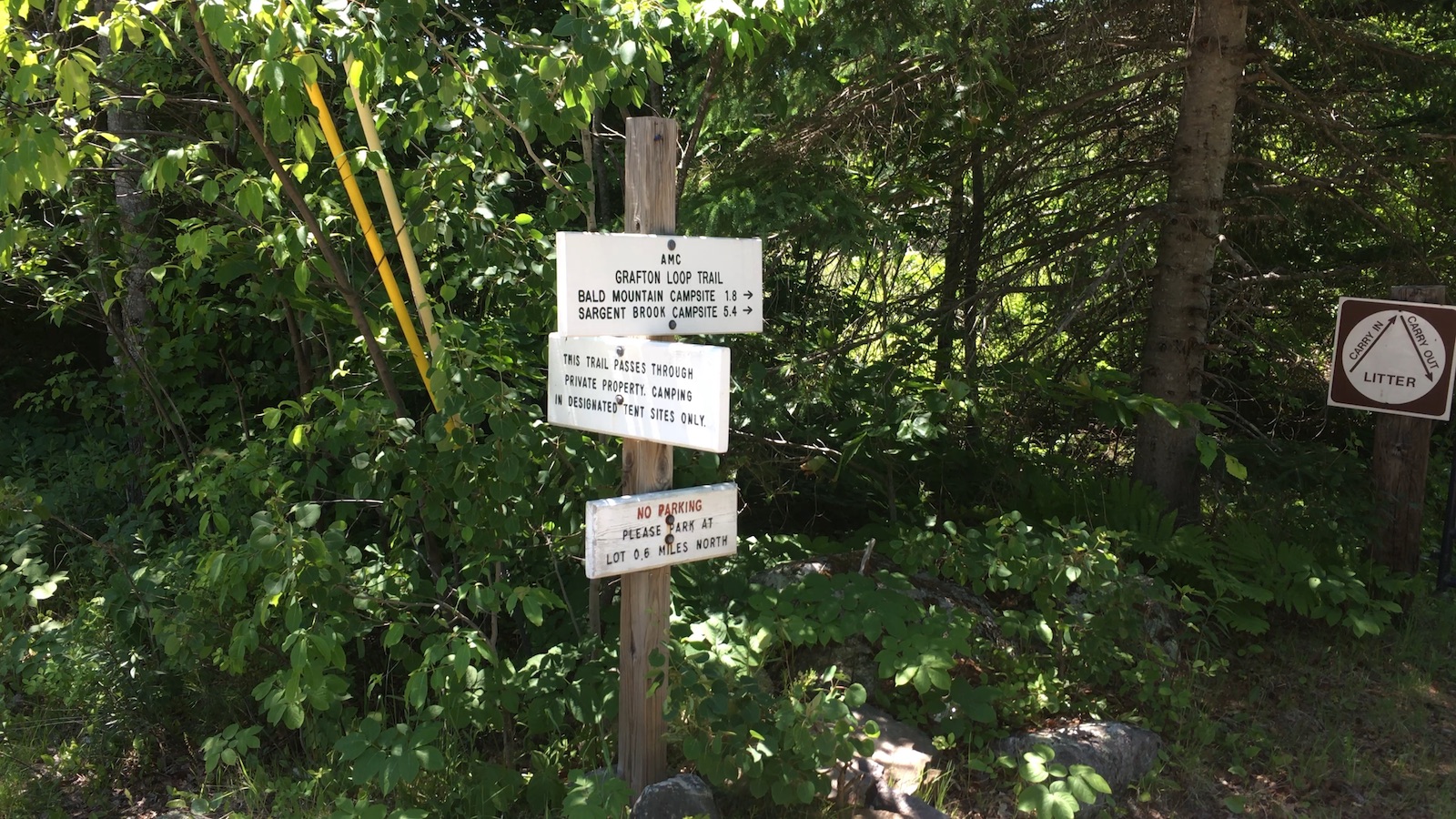After hiking portions of the PCT in Yosemite, the John Muir Trail, the eastern High Peaks in the Adirondacks, and Denali National Park, the notion of carrying a bear canister on long distance hikes doesn’t bother me.
In trail forums on websites and social media, the debate usually centers on weight. There’s an orthodoxy of armchair quarterback ultra-light hikers that dreads the weight, when thousands of hikers somehow live through schlepping these things every year.
My concern is I believe to be the correct one from a Jewish law perspective. Tsa’ar ba’alei hayim, to prevent the suffering of animals, demands that Jewish wilderness enthusiasts primarily consider the well-being of the creatures who inhabit the places we’re visiting before we consider anything else.
If you are thru-hiking the Appalachian Trail, there are few trails anywhere that are as well-provisioned for our ursine friends. As I’m considering a shift to Vargo’s ExoTI frame backpacks for my looming long-distance hikes, the concept of a Bear Keg taking up pack space isn’t as onerous.
Hanging a bear bag

When I have used a bear bag, I use the tried and true “Pacific Crest Trail” method. I’ve never had my bag compromised this way, though I have heard of people who did, either because they kept the bag too close to the limb, not far enough out on a limb, or a limb too close to the ground, etc.
One of the concerns expressed to me by frum hikers is that hanging a bear bag and having access to food on Shabbos in the wilderness would present a problem.
The melacha of koshair on Shabbos is specifically tying together two items through a firm knot. For that knot to be forbidden on Shabbos, it must be meant to be permanent. A clove hitch around a toggle is arguably not a permanent knot.
And that’s the beauty of the PCT bear hang in particular for observant Jewish wilderness travelers; there’s no need to secure the free running end. This leaves you to ponder how you deal with appropriate distances for wilderness food storage from camp and your limited techum Shabbos!
Kidding, you should be okay within a kilometer.
Why you maybe shouldn’t bag
Black bears are notoriously crafty. Your hanging picnic basket isn’t safe.
Canisters are superior for bear safety
“A fed bear is a dead bear.”
This is what we must keep in mind when we make our decisions about wilderness bear country excursions. There are a variety of wilderness skills I’ve seen suffer from being in short supply. Map and compass skills are few and far between. Campsite selection is a recurring problem.
But aside from violating the Leave No Trace ethic and taking up the time of search and rescue operators, poor bear hanging skills can literally cause the death of bears in their own habitat.
This is unacceptable whatever your station in life. Our excursions are plenary, voluntary activities. You can stick to day hikes on safe trails if wilderness skills. A bear can only live in its place. It can’t go home to a house in the suburbs.
So if you can’t practice a bear hang, or more importantly, you won’t practice a bear hang, please, please, please, invest in a bear-proof canister. The same goes, with less shame from myself and other wilderness ethicists, if you are hiking in places where bears are present but hanging opportunities are few and far between.
On my first foray in Denali National Park in the 1990s, in addition to their backcountry quota system, they had the onerous requirement that you rent one of their bear canisters. As an East Coast kid, this was new and novel to me, but based off grizzly encounters I had in the field in Alaska as an Army paratrooper, I realized there was sound reason for these practices.
Sure, it was heavy and ungainly, but it was, honestly, far less hassle than a bear bag. I’ve had bears bat them about like little soccer balls, but the food remained secure, and the bears presumably remain alive.
And bonus – bear canisters are Shabbos-friendly.
Do your research
I ultimately settled on Counter Assault’s Bear Keg product, after losing a black rental unit in the Adirondack High Peaks. Bear Kegs run a little bit heavy, but their bright yellow with a reflective stripe around the center make them far easier to spot if a bruin commits to some mayhem.
Famously, an Adirondack black bear purloined food from the Bear Vault product about ten years ago, and it’s my understanding that they are still not permitted in the backcountry there as a result.
In any case, you’ll want to check the requirements of the managing agencies where you want to travel along with your own brand research.
Last modified: May 21, 2020




Love the content! I am working on an intro to wilderness travel course and would love to show a clip from your bear hanging on the food line to show that PCT methods are not exactly bear-proof. With your permission I would like to use about 20-30 seconds. Would this be okay? Thank you!